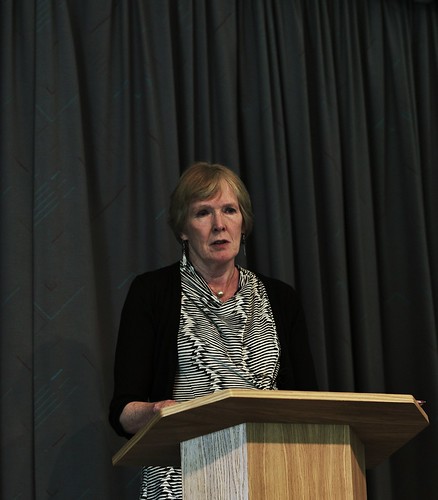Well, well. Google is famous for its demanding and wacky job interviews, in which candidates used to be asked questions like “How many golf balls can you fit in an airliner?” But apparently all that has been junked because, basically, it doesn’t tell you anything useful about how people will do when they work for the company.
How do we know this? Because Laszlo Bock, Google’s VP for HR (‘human resources’ as ‘personnel’ used to be called) says so. Here’s how The Register summarises his interview with the New York Times:
“After two or three years, your ability to perform at Google is completely unrelated to how you performed when you were in school, because the skills you required in college are very different,” Bock told the NYT. “You’re also fundamentally a different person. You learn and grow, you think about things differently.”
In fact, Bock said, Google is increasingly hiring candidates who have no formal education, to the extent that you now see teams at the Chocolate Factory where 14 per cent of the team members have no college background.
The bottom line, he said, is that Google’s earlier hiring practices simply weren’t effective. When Google studied its employees’ performance and compared it to how the same employees scored in interviews, there was no correlation.
“We found zero relationship,” Bock said. “It’s a complete random mess, except for one guy who was highly predictive because he only interviewed people for a very specialized area, where he happened to be the world’s leading expert.”
So how does Google plan to handle hiring from now on? According to Bock, the online giant is leaning toward behavioral interviews that emphasize the candidate’s own experience, with questions such as, “Give me an example of a time when you solved an analytically difficult problem.”
Example of “an analytically difficult problem”: how to square protecting your user’s privacy with co-operating with the NSA.





